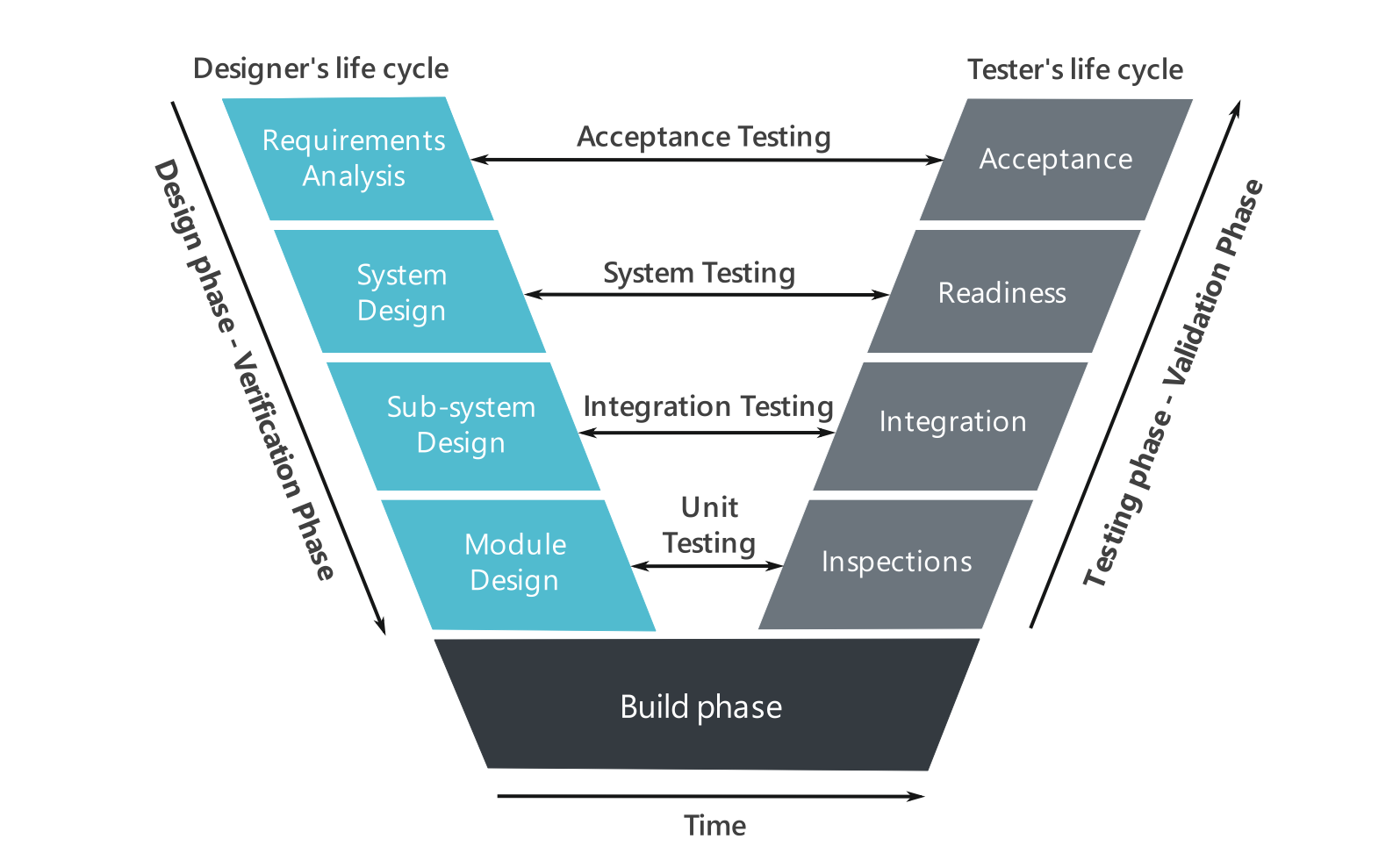System architecture activities strive to produce a comprehensive solution, tailored to address challenges outlined by system requirements. The process involves crafting a high-level layout of the system and its components. This layout puts emphasis on correlated principles, concepts, attributes, and traits. System architecture operates on an abstract level, focusing on conceptualization. The ultimate goal is optimizing both the system’s mission and life cycle concepts.
Table of Contents
The process of system architecture (SA) involves several activities
Initialize the definition of the SA
This process sets the groundwork for establishing the system architecture. It fundamentally entails comprehending system requirements, identifying stakeholder needs, and understanding the operational context.
Define necessary architecture viewpoints
Addressing specific stakeholder concerns involves adopting certain perspectives, known as viewpoints. In this process, you should pinpoint the relevant viewpoints. Then, decide on the model types required to advance the system architecture that responds to these concerns.
Develop candidate architecture models and views
In this activity, candidate architecture models and views are created based on the identified viewpoints. These models represent the high-level structure and behavior of the system and its elements.
Relate system architecture to system design
This activity focuses on the relationship between the system architecture and the detailed system design. It involves allocating the elements of the logical architecture model to system elements of candidate physical architecture models.
Assess architecture candidates and select one
The different architecture candidates are evaluated and assessed against criteria such as performance, non-functional requirements, and feasibility. Based on the assessment, a final architecture candidate is selected.
Manage the selected architecture
Once we’ve chosen our architectural candidate, we actively manage and upgrade it throughout the system development life cycle.
The tools and strategies we employ in system architecture can vary, largely dependent on the unique context and needs of the individual system’s development.
As we navigate system architecture activities, practical considerations and potential pitfalls lie ahead. It’s crucial to bypass common missteps and stick to tried-and-true methods. This ensures the success and efficiency of the architecting process.
At its core, system architecture activities offer a structured way to shape a system’s architecture. They take into account stakeholder concerns, system requirements, and life cycle principles. This approach aids in forging a comprehensive, cohesive solution that hits the mark with stakeholder needs and can be enacted using fitting technologies.
Activities of the process
Initialize the definition of the system architecture
This activity involves understanding the system requirements, stakeholder needs, and the context in which the system will operate. It sets the foundation for the architecture development process.
Define necessary architecture viewpoints
Viewpoints represent different perspectives or concerns of the stakeholders. This activity involves identifying and defining the relevant viewpoints that need to be considered during architecture development. Each viewpoint addresses specific concerns and provides a way to model and analyze the system architecture.
Develop candidate architecture models and views
This activity focuses on creating architecture models and views based on the identified viewpoints. It involves representing the structure, behavior, and properties of the system architecture using appropriate modeling techniques. The models and views help in understanding and evaluating different architecture alternatives.
Relate system architecture to system design
This activity establishes the relationship between the system architecture and the subsequent system design activities. It ensures that the architecture provides a suitable foundation for the detailed design and implementation of the system.
Assess architecture candidates and select one
In this activity, the candidate architecture models and views are assessed against the system requirements and stakeholder concerns. The evaluation involves analyzing the feasibility, performance, cost, and other relevant factors of each architecture candidate. Based on the assessment, one architecture alternative is selected as the most appropriate solution.
Manage the selected architecture
Once the architecture is selected, this activity focuses on managing and maintaining the architecture throughout the system development life cycle. It includes documenting the architecture, ensuring its integrity, managing changes and updates, and addressing any issues or risks that arise during the implementation and operation of the system.
Artifacts, Methods, and Modeling Techniques
The system architecture process involves various artifacts, methods, and modeling techniques to support the development and documentation of the architecture. These may include:
Architecture frameworks
Frameworks provide a structure and set of guidelines for organizing and documenting the architecture. They define standardized viewpoints, views, meta-models, and templates that facilitate the development of the architecture.
Architecture description
The architecture description includes all the relevant information about the system architecture, such as the architecture viewpoints, views, models, and their relationships. It serves as a comprehensive documentation of the architecture.
Modeling techniques
Various modeling techniques, such as functional block diagrams, system context diagrams, data flow diagrams, sequence diagrams, state transition diagrams, etc., are used to represent different aspects of the system architecture. These techniques help in visualizing and analyzing the architecture.
System Architecture Practical Considerations
- Pitfalls: There are several pitfalls that should be avoided during system architecture activities. These include insufficient stakeholder involvement, neglecting non-functional requirements, over-reliance on previous architectures without considering new requirements, ignoring emergent properties and interactions, and inadequate documentation of the architecture.
- Proven Practices: To ensure successful system architecture development, some proven practices can be followed. These include involving stakeholders from the early stages, conducting regular architecture reviews and validations, using iterative and incremental development approaches, documenting architecture decisions and rationale, considering trade-offs between conflicting requirements, and maintaining traceability between the architecture and requirements
Diving into the fundamentals of system design, several references shine a light on key principles, methodologies, and superior practices. Subjects such as design modeling, stakeholder probing, system necessities, designing, and the connection between design and system growth efforts are thoroughly explored.
It’s important to highlight that system design is not static but a collaborative and evolving process. This process leans heavily on constant appraisal and tweaks, aligning with ever-changing requirements, technological progress, and wisdom attained from prior setups. Regular dialogues and constructive criticism from stakeholders solidify the alignment of the design with their needs and universal system objectives.
In addition, the strategic use of software and tools designed for design modeling can exponentially streamline the design process. These supportive tools offer features for creating a visual blueprint of the design, operating simulations, carrying out investigative comparisons, and recording vital design choices.
System Architecture: Conclusion
Concluding, the process of creating a solid system structure involves defining the blueprint, developing models and views. These are then closely associated with the system’s design. Architectural alternatives are evaluated and chosen, before managing the selected blueprint. Reliance is placed on artifacts, methods, and models for effective representation and documentation. Adhering to established practices while keeping practical considerations in mind allows system architects to construct robust and effective blueprints. These not only meet the system requirements but also cater to stakeholder expectations..







